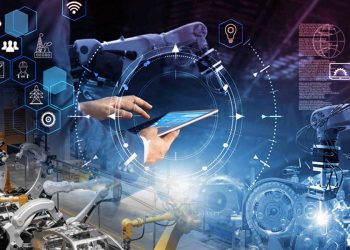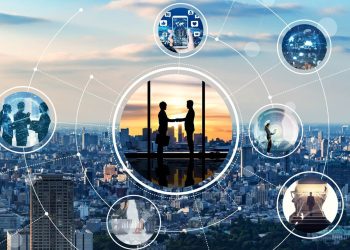AI & IoT: The Interface of Technology
Artificial intelligence (AI) is now playing a fundamental role in IoT applications and implementations. Numerous organizations have started merging AI and IoT to enhance the technology they are providing. Major vendors of IoT platform software are now offering cohesive AI capabilities such as machine learning-based analytics in their products.
The role of AI in this circumstance is its capability to squeeze insights from data swiftly. Machine learning, which is part of the AI technology, brings the potential to automatically recognize patterns and detect abnormalities in the data that smart sensors and devices produce—information such as pressure, temperature, humidity, air quality, vibration, and sound. Machine learning approach can make operational predictions accurately and up to 20 times faster when compared to legacy business intelligence tools which usually monitor for numeric thresholds to be crossed.
On the other hand, AI technologies such as speaker identification and computer vision can help extricate insight from data that previously needed some human intervention. AI applications for IoT permits firms to circumvent unplanned downtime, enhance operating efficiency, create new products and services, and increase risk management. Here are three examples in which AI and IoT have successfully boosted the sector. However, it is pertinent to mention that these are combinations of connected applications have leveraged AI in the daily chore making consumers’ work more accessible. These examples represent a broader trajectory of applications.
With the advent of MIT robotics product iRobot Roomba or somewhat automated vacuum cleaners, one can say that commercially AI and IoT were accepted in the everyday household. The company developed a technology to assist its puck-shaped vacuum robots to map and remember or recollect the entire home layout to adapt to different surfaces or new furniture. The robot has also been enabled with features where it can clean a room efficiently with the desired movements and dock itself to the battery holders for recharge. While one can say that the AI applications in iRobot Roomba are not as celebrated as Alexa or Siri, it is nevertheless the best example of how artificial intelligence has been embodied in a robot which can be controlled by phone apps or tablets.
Smart thermostat solutions which have been introduced by the likes of Nest Labs are another product which has taken IoT and AI merger to a new level. As an IoT device, Nest’s polished digital interface is an attraction and a relief from the temperature control dials available everywhere. The device has integration with apps which can be controlled by users that makes the invention more approachable and usable. With regards to AI being utilized, one can say that Nest’s devices learn the regular temperature fluctuations and preferences of its user and also adapts to the work schedule of the user by turning itself down to conserve power. This application is undoubtedly revolutionizing owing to its numerous benefits like energy reduction, controlling temperature according to the user and connecting with devices to be managed in an enhanced way.
This is our most significant insurrection the self-driving vehicles or smart cars which are now being brought forth massively by Tesla motors. Cars are being injected with AI and IoT which are compelling technologies and turning these machines into more than things. Bringing to life these cars is no joke and all major car manufacturers are investing billions of dollars in developing the technology and presenting it to humankind. As an example, Tesla’s technology is simple yet very deep-rooted. According to the company, the whole fleet of Tesla cars operates as a network where one car learns something it is passed on to all the vehicles. This connection is what makes AI the next big thing where cars will be able to read or understand humans and drive in a similar way or circumstances.








